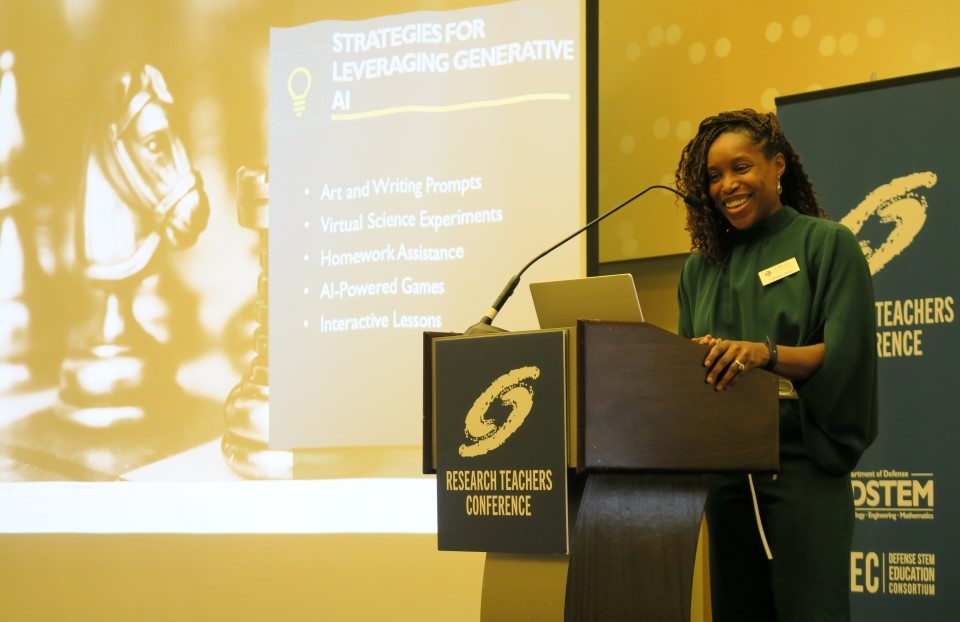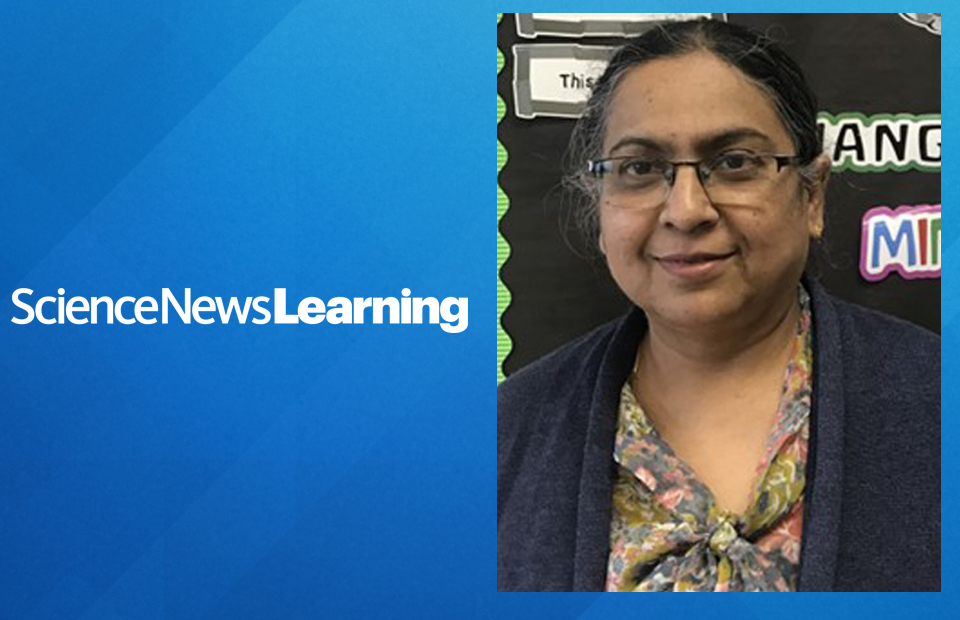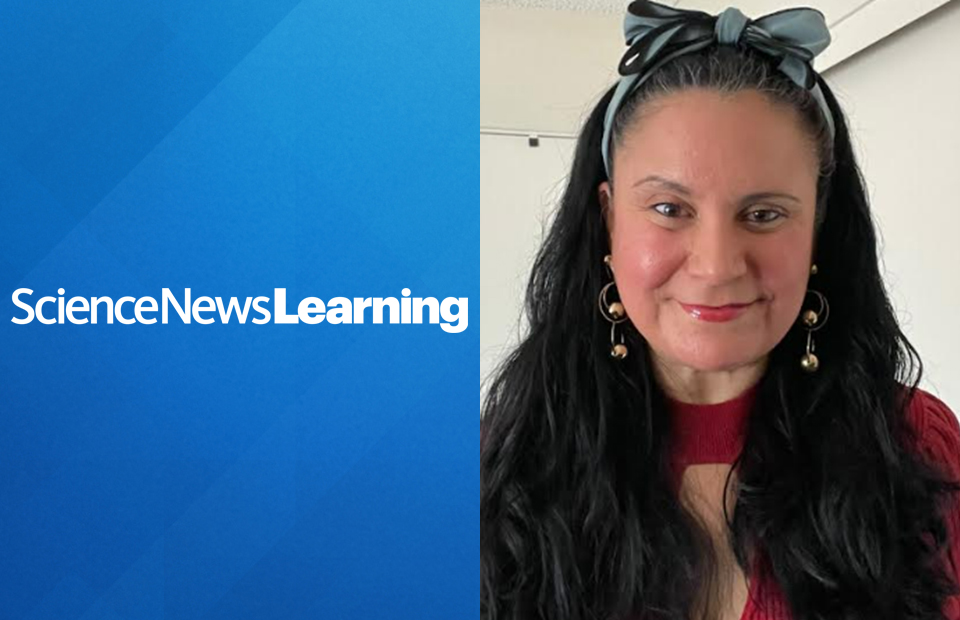MSRTC spotlight: One teacher’s insight into inspiring empathy and creativity through science research
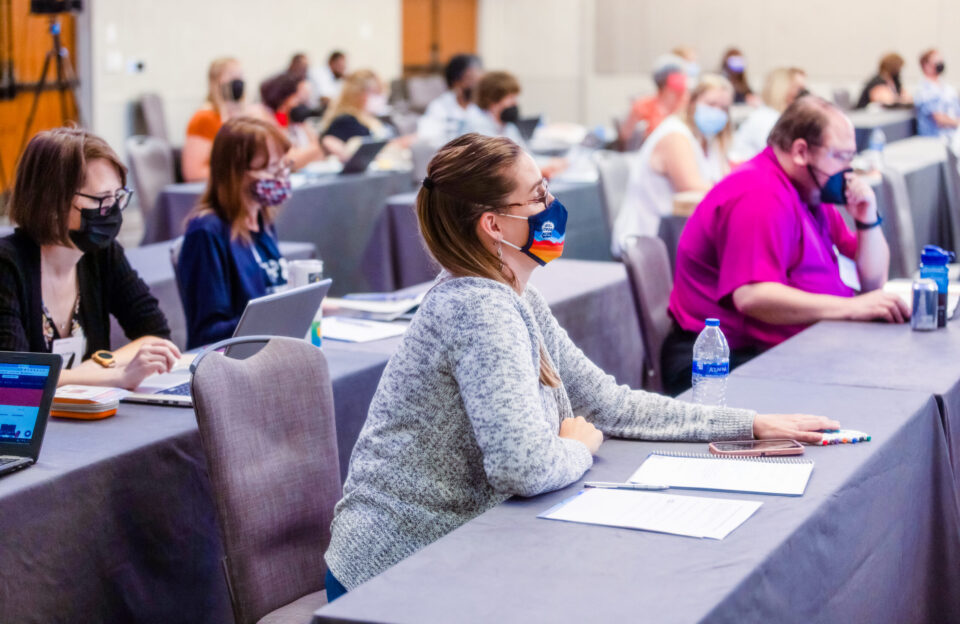
This past summer, the Society welcomed 75 teachers from 33 states and 75 different schools to Washington, D.C. for the fourth annual Middle School Research Teachers Conference, hosted in person for the first time since 2019. Each year, the conference brings a cohort of dedicated educators together for an all-expenses-paid weekend of professional development— where they share best practices to enhance their classroom instruction, tips for leading students in research projects and the rules of the road for entering science competitions.
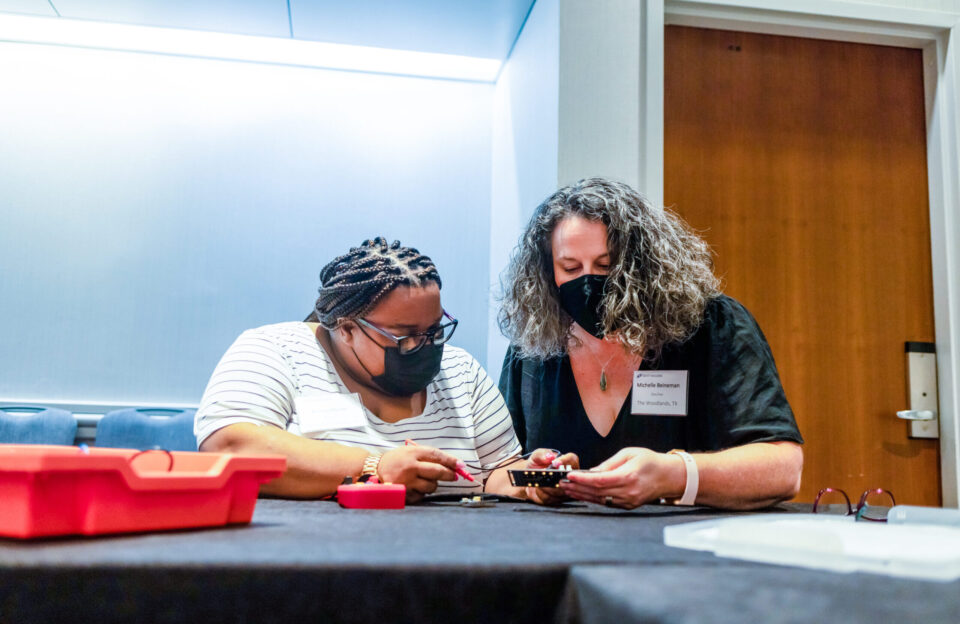
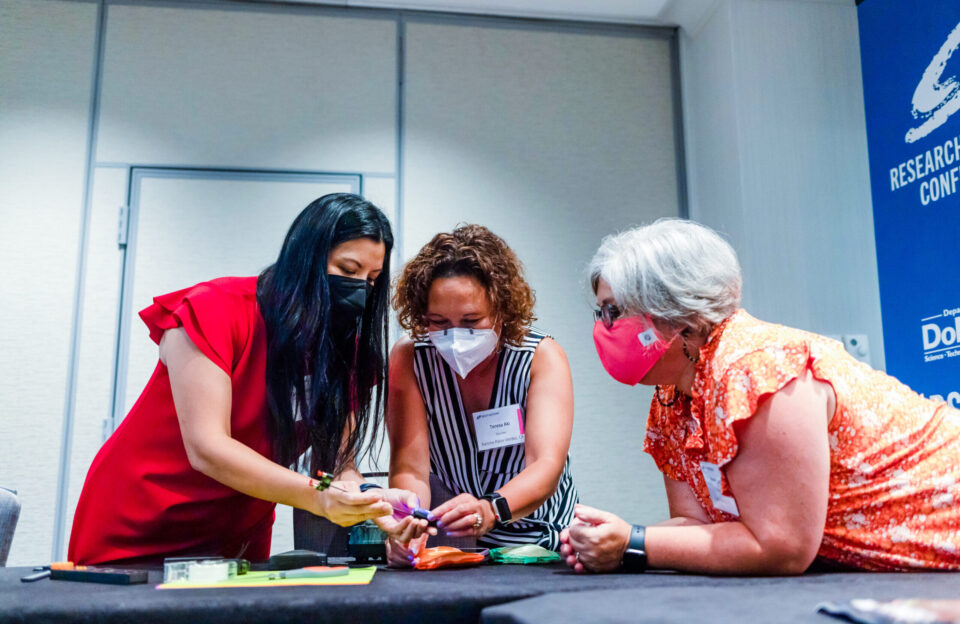
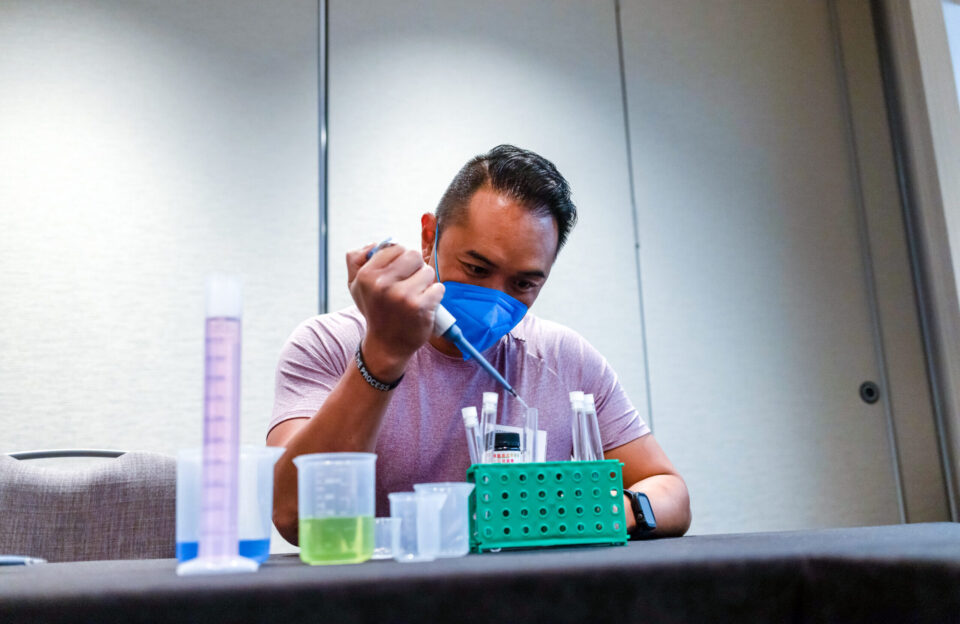
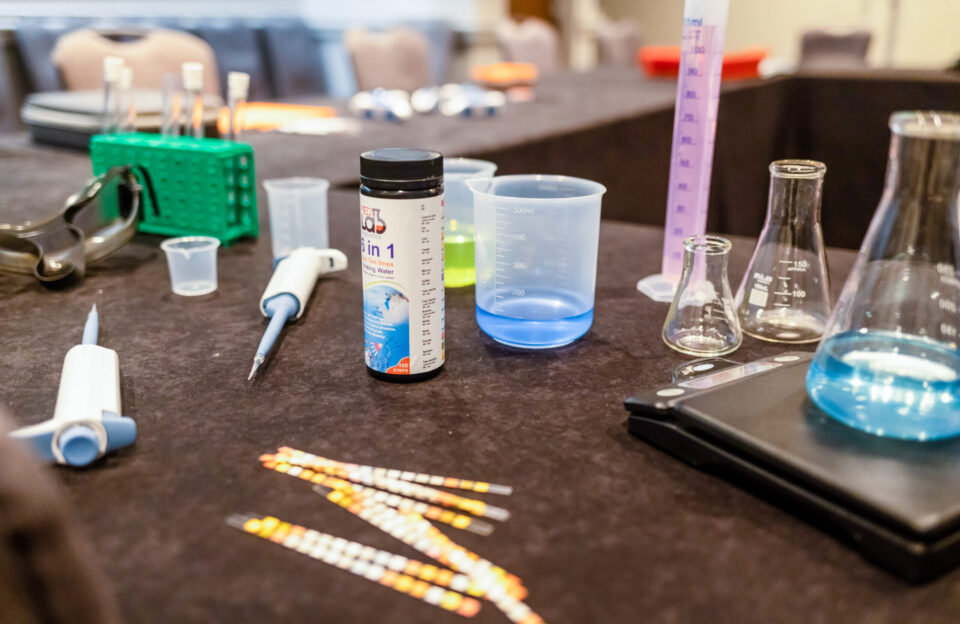
The hallmark of the conference is a jam-packed schedule of peer-led sessions covering topics ranging from guiding students through the experimental design process, to engaging students who are underrepresented in STEM and beyond.
One popular and unique session this year was led by Kaleena Jedinak, who teaches at Tybee Island Maritime Academy in Tybee Island, Georgia. In a session titled, “Designing Models of Hydroponics Systems: Linking Scientific and Engineering Processes to Student Curriculum Can Lead to More Meaningful Research Questions,” Kaleena shared insights from her experience leading students in designing and creating hydroponic systems to grow plants in an environmentally sustainable way.
In addition to sharing specifics about her students’ designs and what they learned about the nitrogen cycle and engineering, Kaleena shared some overarching insights into what has made her school’s research program so successful. Here are some highlights from her session:
- Identifying an impactful challenge
Each marking period, students at Tybee Island Maritime Academy take part in a Problem-Based Learning challenge. Last year, seventh graders engaged in a project in which they designed ideas of what future cities could look like. Building on those principles in their second semester, Kaleena challenged her students to bring those grand ideas to their own school: In Kaleena’s words, “How can we make our school better for us and better for our whole community?”
Equipped with that question, the students were in the drivers’ seat. They worked together to think of issues in their school community on which they could make a difference. After a few days of collaboration and debate, in which they considered issues including electricity use, transportation and buses idling, they arrived at an interesting consensus: empathy.
- Engaging your whole community
The class reasoned that empathy was the key to creating sustainable change in their school because they would need everyone to contribute and see where they fit into solutions. To build these connections, the class interviewed students and teachers from around the school to hear what others thought were important challenges. Upon collecting this data, the class found that food waste was an issue on many people’s minds.
From there, Kaleena helped her students explore the science behind the issue of food waste, leading them to study the nitrogen cycle and the chemical processes involved in food waste. They also explored the human impacts of the issue and what they could do to help. They found that the problem of food waste is deeply intertwined with fertilizers causing nutrient imbalances in the soil. At last, they found their challenge: how could they produce food in a more sustainable way that avoided the negative effects of artificial fertilizers?
- Building excitement and inviting creativity
The class set out to design and build hydroponic systems—a means of growing crops that are not dependent on fertilizers and can produce greater yields of fruits and vegetables while using less land. The students each researched and sketched their own ideas out before sharing their designs and collaborating with their peers. They worked together to decide what materials they would need and were given a small budget to purchase the materials and bring their designs to life.
On guiding the process, Kaleena said, “I’m a facilitator, I don’t tell them it has to be a certain way. I ask a lot of questions as it’s not something that I’m an expert in, either. What’s cool is that as they work, they realize everybody’s ideas are different, but they’re all brainstorming and functioning in a similar way.”
The result, beyond growing hydroponic tomatoes and basil plants, was that the students were eager and excited to develop their projects. “They were sharing and working,” Kaleena said. “We want them to have that excitement and the drive on their own. Rather than us saying, ‘Okay, it’s time to do our project,’ they were the ones that really wanted to get involved with it.”
—
Thank you to everyone who made this year’s Middle School Research Teachers Conference possible. If you are an educator who is interested in attending the 2023 conference, please fill out this interest form.
